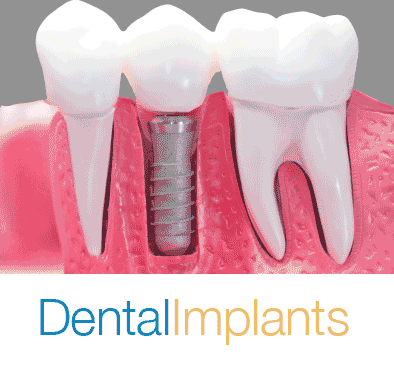Standing up to oral cancer

Unlike some types of cancers which are fortunately declining, mouth cancer is rising in the UK. Around 7500 people are diagnosed with mouth cancer each year and sadly it takes more lives than road traffic accidents. The earlier it is identified, the more likely it is to be successfully treated.
When you visit the dentist
When visiting the dentist for a check-up, most people think about their teeth and gums. The dentist however, will routinely look far beyond these and do a full mouth cancer screening. This quick check has the potential to save a life. If anything seriously concerning is noted, you can be reassured that your dentist is able to arrange a hospital appointment within two weeks.
Who is affected?
Mouth cancer can affect anybody. Individuals using tobacco in any form, are known to have a higher risk of mouth cancer. High alcohol consumption may also further increase the susceptibility. Recently, there has been a rise in the number of affected individuals who are non-smoking, non-drinking, young and healthy. These cases are often associated with HPV. This is the family of viruses causing cervical cancer and if exposed to the mouth, can cause cancer in a similar way.
What can I do?
Attending your check-ups at the suggested interval will ensure your mouth is examined regularly. It is also useful to keep a look-out yourself for anything concerning. If you have any lumps, unusual patches or non-healing ulcers, speak to your dentist, even if you’re not yet due for a check-up. The poster explains how important it is look everywhere in the mouth – lips, tongue, gums and cheek.
Together we can fight mouth cancer.
Posted in: Uncategorized
Leave a Comment (0) →







